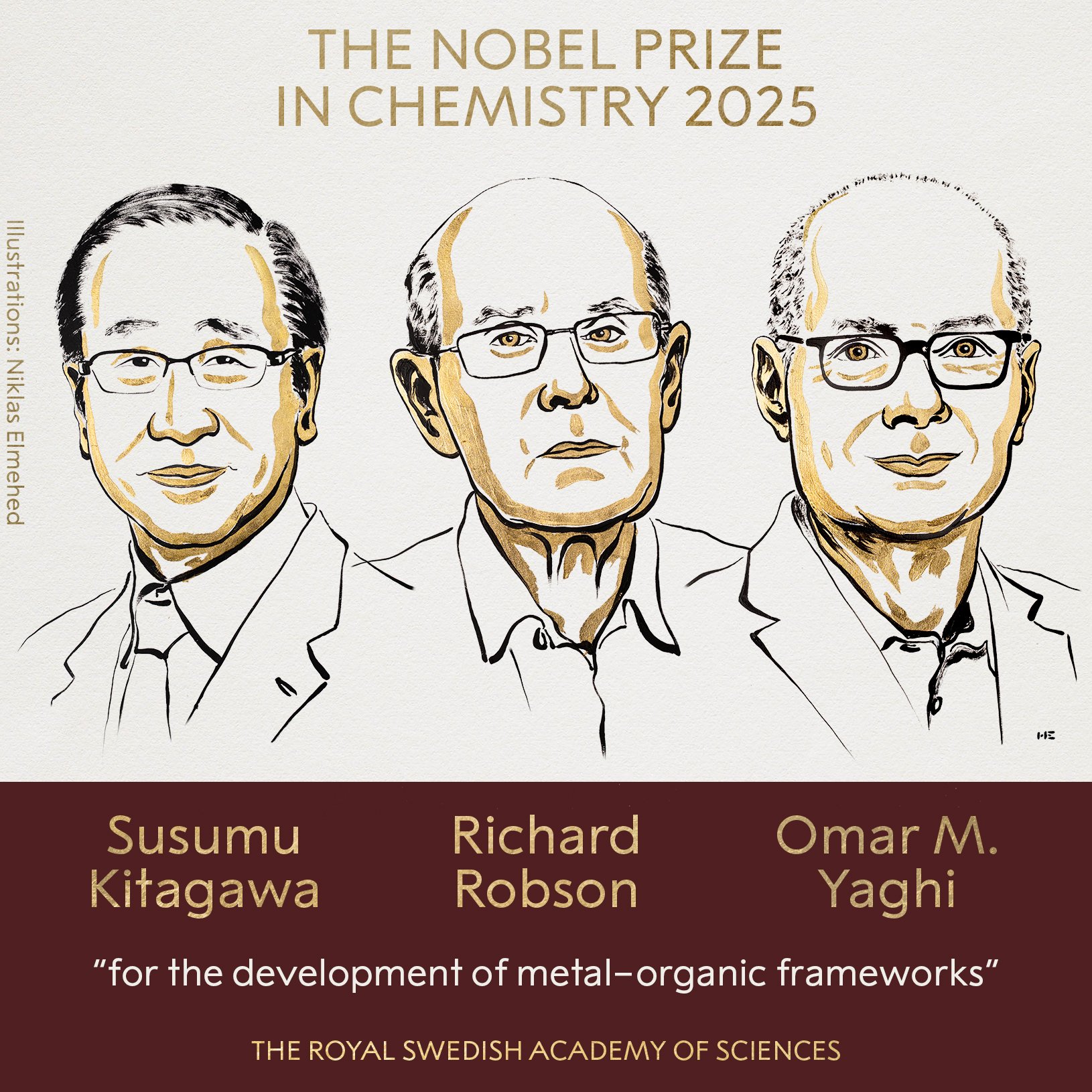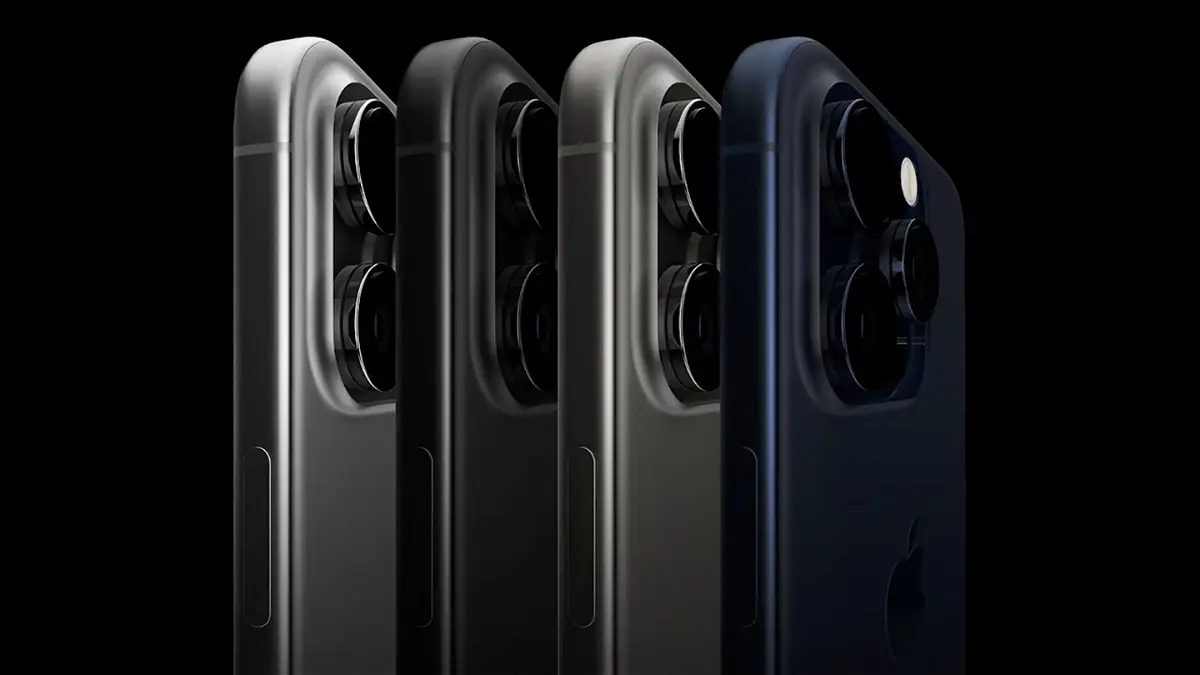We already know all the Nobel Prize winners of 2025 in scientific disciplines. After the announcement of medicine on Monday and physics on Tuesday, we just found out Nobel Prize in Chemistry, What in this case was for Susum Kitagawa, Richard Robson and Omar M. Yagi “For development Metal -organic structures“.
As usual, the announcement took place a little more than 11:45 (the time of the Spanish Peninsula) at the Swedish Royal Academy of Sciences in Stockholm and was declared the general secretary of this institution: Hans Ellegren.
The winners will have to divide the prize in the amount 11 million Swedish crownsthat approximately 1 million euros is equivalent. This is not the largest financial award that the scientist can award, but perhaps one of the most famous.
Nobel Prize in Chemistry for a new type of molecular architecture.
Metal -organic structures contain large cavities through which molecules can enter and exit.
The first step towards their opening was taken by Robson in 1989. He investigated New conformations of moleculesI am looking for the one that can have interesting applications. One of these combinations consisted of combining positively charged copper ions with a four -chain molecule. Each of these shoulders had a nitrile group at the end – a chemical component that can be attracted by copper ions. As a result, they were combined into one. Crystalline conformation, close to diamond. But there was a big difference. And when the corresponding joints were made, Robson saw that there were a large number of cavities in the glass. Something like small rooms that may have some interesting function.
The problem with the glass of Robson cavity was that it turned out to be very unstable and easily collapsed. It could not be used for anything if he fell apart immediately after his formation. Despite this, the potential of their opening attracted the attention of Kitagawa and Yaga, which conducted their research separately in the period from 1992 to 2002.
Kitagawa showed that Gases can fall and go out cavities and predicted that metal -organic structures can be made flexible. For his part, Yagi managed to create one of such structures that was Very stable. Moreover, he demonstrated that it can be modified with the help of rational design, so that its properties can be changed at will.
What are the advantages of all this?
Various cavities in metal -organic structures make them a kind of beautiful molecular filter. In addition, he not only filters, but also retains molecules that helps to catch. President of the Nobel Committee on Chemistry, Hayiner LinkaHermione from Hermione from Harry Potter compared it, since a huge amount of gas can be stored in a tiny volume.
Since they were discovered, all kinds of versions were made for applications such as Remove pollutants from water, decompose traces of pharmaceuticals in the environment, capture carbon dioxide from the atmosphere or collect water from the air of the desert.

For all these reasons, these three scientists were recognized as worthy of the Nobel Prize in Chemistry of 2025. Without a doubt, they deserve it, although we are once again saddened by the fact that we did not see a woman among the winners.
Women who received the Nobel Prize in Chemistry
Again, all the Nobel Prize laureates were men. Despite the large number of women who conducted and conduct outstanding research in this discipline, the reward continues to elude them.
Since it began to celebrate it in 1901, total 8 women. First, Maria CurieHe won the award in 1911, eight years after receiving the Physics Prize. It seemed that women would be a place in this award. After her, the Nobel Prize in Chemistry was not awarded to anyone else, except for her own daughter, Iren Curie, who received it in 1935. For this year, only one female laureate of the award remained in scientific disciplines, but we will look forward to decisions in the field of peace, literature and economics.
Source: Hiper Textual












